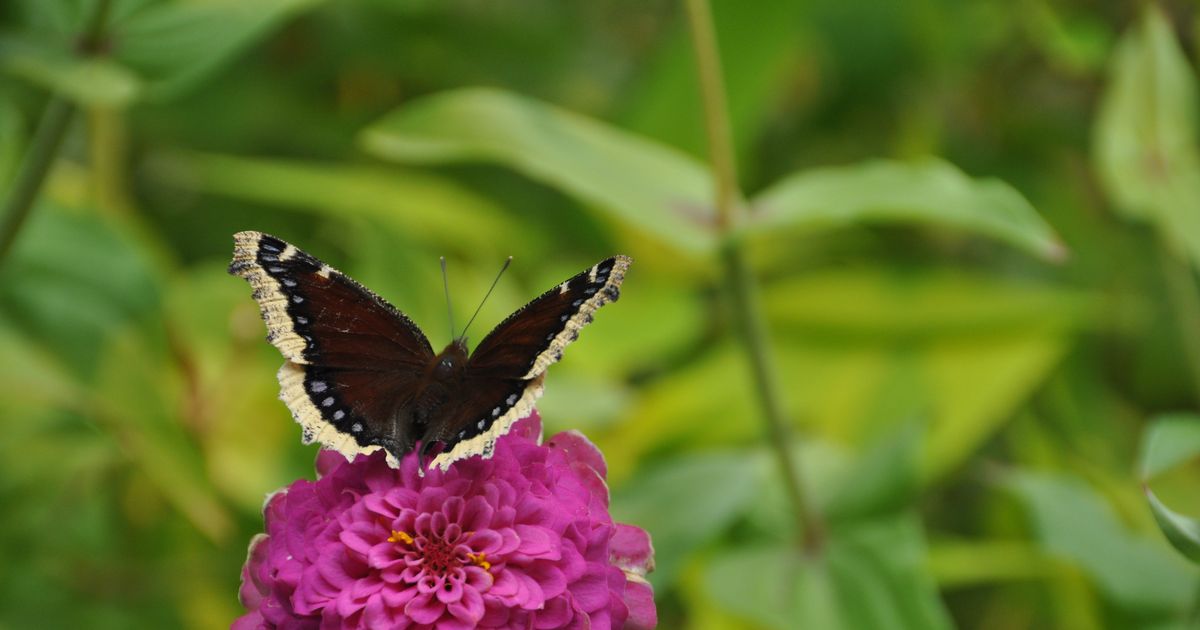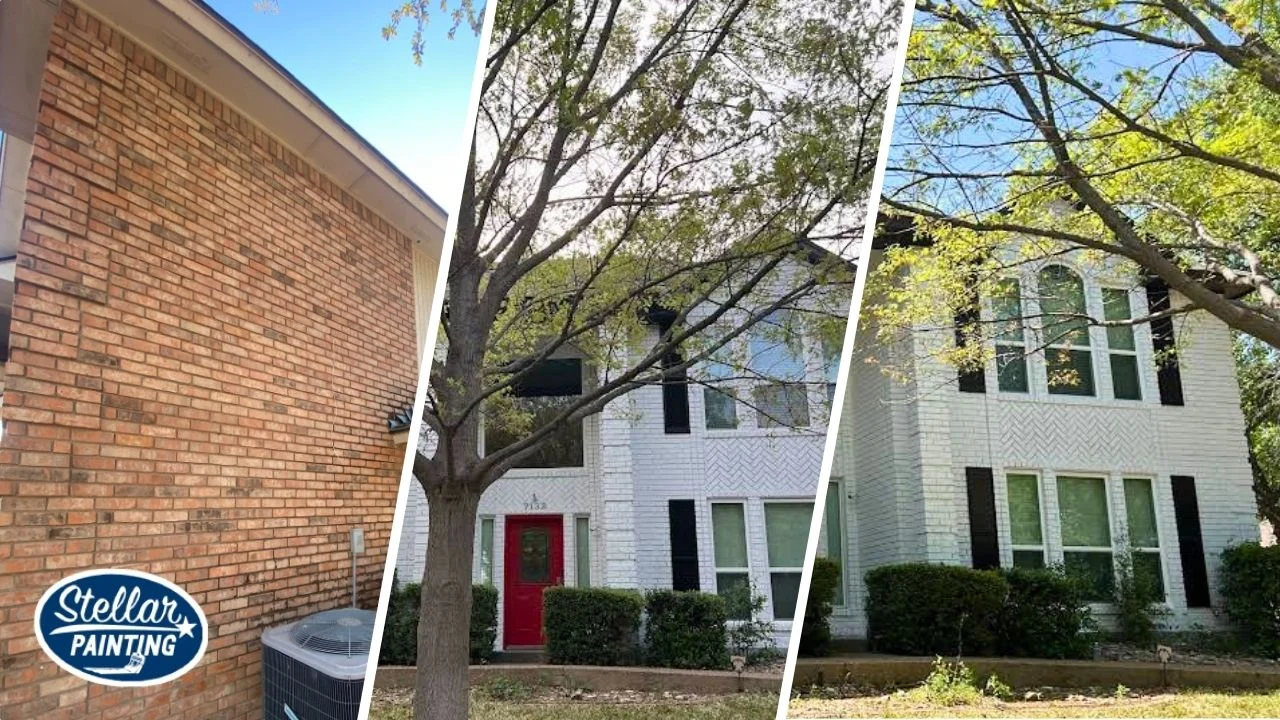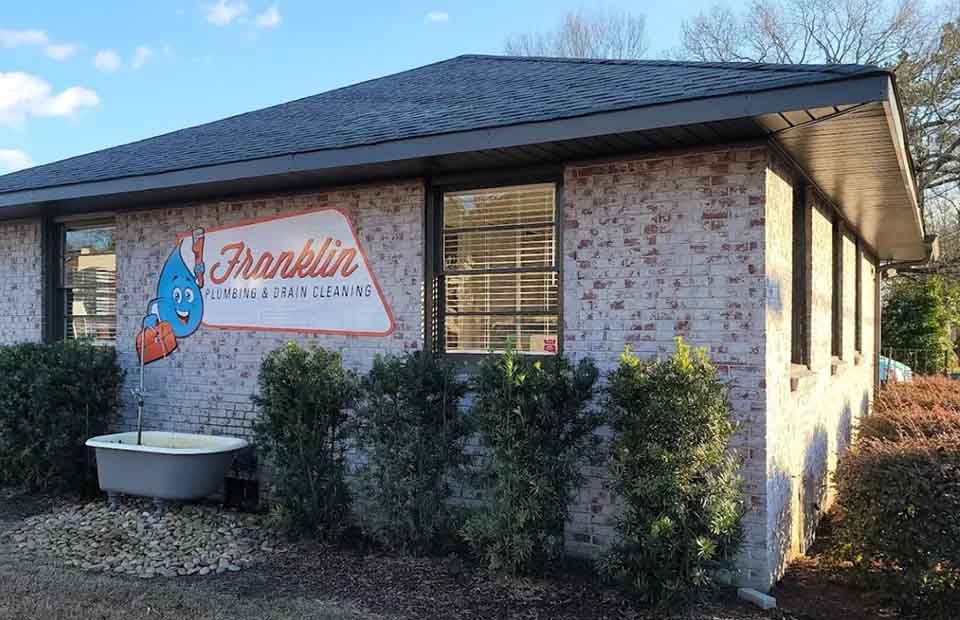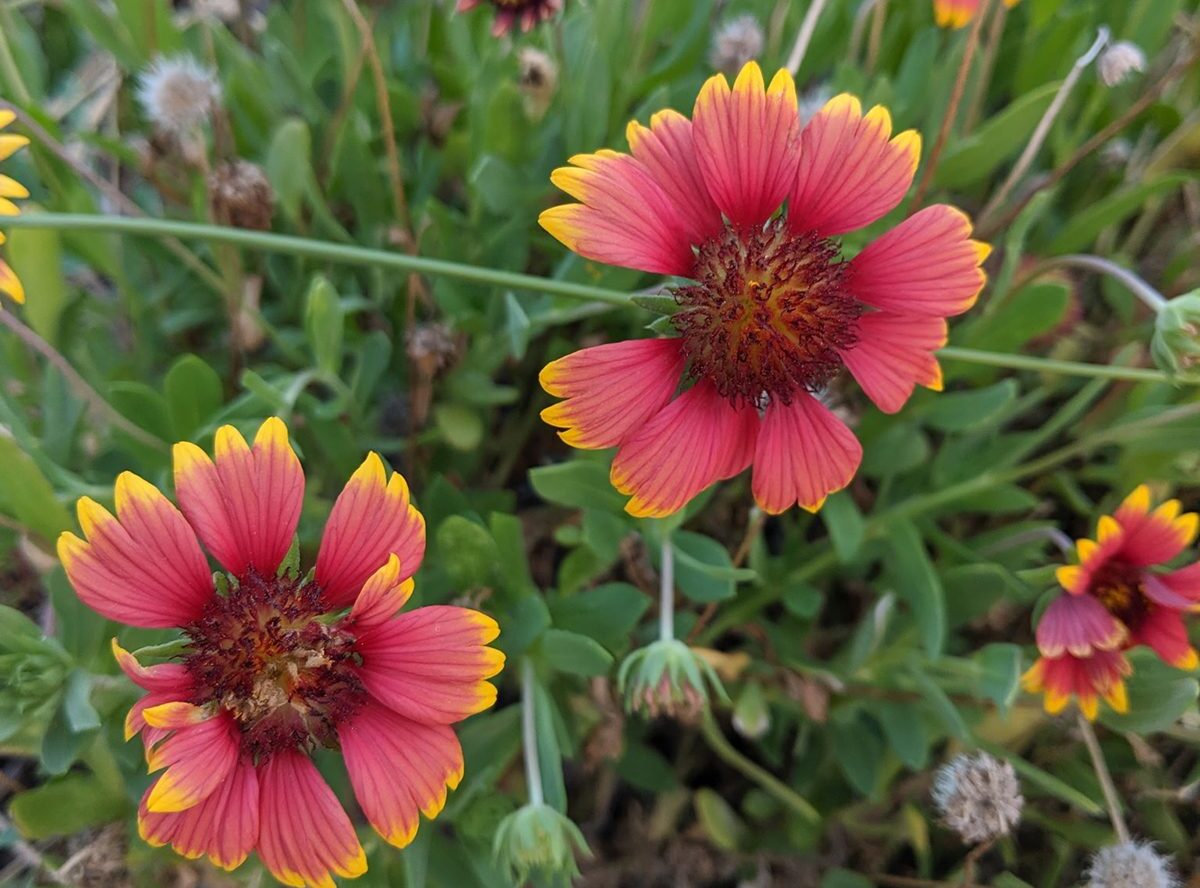Nicole Juday, Rob Cardillo and I were most of the way through taping an episode of my podcast when the conversation veered toward a group confessional.
We had been talking about other people’s gardens: the 21 exceptional ones that Ms. Juday, a garden historian and writer, and Mr. Cardillo, a garden photographer, had included in their recent book, “Private Gardens of Philadelphia.” That city has one of the country’s richest, most longstanding legacies of horticultural excellence — and not just because of its wealth of public gardens.
As might be expected, the two had come away from their project with lists of new plants, cultural tips and design inspiration. But what made a bigger (and perhaps more unsettling) impression was their shared feeling that the gardeners they had met seemed to have something Ms. Juday and Mr. Cardillo did not: a mission statement.
This guiding principle — particular to each garden — was something the gardeners hewed to, and their gardens were the better for it.
And that set them (and me) to thinking: What are our gardens about?
As much as we collectively knew about horticulture, we acknowledged that none of us were quite as good as the book’s subjects at framing the intention behind our own landscapes — scripting a mission statement, if you will — and explaining why that was what drove us.
Charles Cresson, one gardener profiled in their book, seemed to have no problem adhering to his. For more than 40 years, Mr. Cresson has stewarded the Swarthmore, Pa., garden known as Hedgleigh Spring that his grandfather began on a piece of former farmland his great-grandfather bought in the 1880s. Mr. Cresson’s mission is clear, Mr. Cardillo said: “To honor his family and honor their horticultural traditions, and at the same time bring it into this century with newer plants and new ways to manage things.”
The garden’s basic design and its themes remain constant, along with some well-loved tools handed down through the generations, but it is by no means a period piece stuck in the past. Although the imprint of Mr. Cresson’s forebears remains so front of mind that he sometimes slips into the plural pronoun “we” while talking about the garden, Ms. Juday said: “As in, ‘We lost two big pine trees.’”
In Rydal, Pa., Craig Wakefield explored the historical context of another period when he meticulously restored and furnished his 1951 midcentury-modern house. With the garden, he made a conscious decision to allow himself more leeway to juxtapose minimalism with abundance. To create contrast with the home’s spare lines, he used an effusion of ornamental grasses and masses of blue ageratum, red salvia and other annual flowers that pick up on the primary-colored panels of the facade.
“I went for the garden I wanted, as opposed to having a modern garden,” he said in his book interview.
A Garden That Explores Time
Sometimes the intention behind a garden is “pretty straightforward,” Ms. Juday said, for example, “to provide the largest breadth of ecological value possible.”
A landscape may be designed to address an environmental challenge, as the rain gardens at the Wayne, Pa., home of Caren Lambert do, beautifully and smartly accommodating storm-water runoff.
Or it may be created to grow edibles — and to provide an inviting environment where they can be enjoyed by guests — like Jeff and Tallulah Regan’s garden in Chestnut Hill.
Other gardens seemed to embody something more philosophical, like the one created by James Corner, a landscape architect and founder of the firm Field Operations, the project lead on the design and construction of the celebrated High Line park in Manhattan.
Mr. Corner’s landscape in Chestnut Hill is about time and “how this garden is never the same — time of day, time of the year, the seasons,” Ms. Juday said. “But also how the experience of passing through the garden changes you.”
Just as the High Line cannot be perceived as a whole from any one spot, but can only be experienced by moving through it, Mr. Corner’s garden offers carefully sited paths that beckon you to embark on a passage through an expansive meadow.
Suzanne Penn’s garden in East Falls is an example of a landscape that embodies the idea of transformation. Ms. Penn, a modern-art conservator, gardens from a keen awareness that horticulture is an art form — and one that is never finished or static.
“Gardening is very much about taking materials and transforming them in some way,” she said in the book. “It’s the art form one has the least control over, which is also what makes it the most fun.” For her, the awareness proved liberating.
Manifesting a Quaker Tenet
Whatever mission you set, it can help you make better design decisions and plant choices, said Mr. Cardillo, who confesses to being “a nursery grabber” inclined to impulse buying at the garden center. Keeping a clear intention in mind, he said, helps him decide whether to proceed to checkout or “go back to my master plan in my head and try to be more conscious about those choices.”
What he calls “conscious gardening” has another benefit, as well. Now that Ms. Juday and Mr. Cardillo are able to put into words the “why” behind their passion — not just the what, when and how of all the tasks required — it has deepened their pleasure and sense of excitement about gardening.
Too often, we “try to channel somebody else’s mission,” said Ms. Juday, who gardens in the Germantown section of Philadelphia.
“I feel like I spent years and years and years gardening in the style of people whose gardens I admired,” she said. “And I would go to someone’s garden and think, ‘Oh, that’s so beautiful,’ and then try to recreate some version of that in my own space. It wasn’t me, and it never worked.”
What was missing, she realizes, was the confidence to express her own point of view.
Now she creates “little, complete universes in different parts of my garden.” Within her third-of-an-acre yard, she has made an area of alpine troughs, two little ponds, a carnivorous plant garden, a dry garden and a tropical garden. Each one, she said, “nurtures as many types of living things as I can coax into a small space.”
Why that approach? “If you had asked me two years ago,” she replied, “I would have just said, ‘I don’t know — this is what I like.”
Only recently has she realized that her garden making resonates with aspects of her Quaker beliefs.
“Early Quakers were very interested in natural science,” she said, “and believed that close observation of tiny, humble natural objects could reveal patterns of creation, and therefore be a bridge to the divine.”
Cultivating an Urge to Teach
As for Mr. Cardillo, his intention is to share and inform.
“We start off as gardeners because it’s fun — we get to play in the dirt and plant some seeds,” he said. “But once you become a horticulturalist, it’s as if you become an entomologist, and then a climatologist. And then you might wear other hats, too: You might become a teacher, you might become an advocate — somebody who can speak about how gardens connect to the world in a larger way.”
His garden in Ambler, Pa., a small town less than an hour from Philadelphia, is on a corner lot highly visible to foot and car traffic, so “I have to keep up appearances to a degree,” he said, and “can’t go too untraditional.” But he nevertheless seeks to spark interactions and conversations.
He uses the area near the corner to showcase mostly native perennials, and has made room elsewhere for edible plants, especially great show-and-tell subjects, like barley and okra. “There’s so many kids that walk by, and I want to educate them about food,” he said.
Apparently, it’s working.
One year when he was growing lettuce, he recalled, a little boy came by and asked, “What are you doing, Mr. Rob?”
“I’m growing lettuce,” he replied. “Have you ever had lettuce?”
He gave the boy a couple of leaves to taste and was explaining how lettuce grows in the soil, when the child said, “I’ll be right back.” He ran home, returning with a big bottle of salad dressing.
“It was just like a lightbulb went off in his head,” Mr. Cardillo said. “That this is food, and food comes from the ground, and you can make it really tasty.”
Edible or otherwise, the best gardens, he and Ms. Juday agree, come from focusing on what you care about the most. So how do you get at that essential idea and cultivate it?
Ask yourself, “What is the thing that you’re doing in your garden that brings you the most happiness and satisfaction?” Ms. Juday suggested.
“You have to look for the love,” Mr. Cardillo said. “Like an artist, every now and then you have to back away from your canvas. And maybe you can say, ‘I really love what’s going on over there.’ Try to be analytical and say, ‘Why do I love that so much?’”
Once you identify the sweet spot, he added, “I think you can build on that, and you can translate that feeling to a larger space.”
Like maybe into a whole garden with a mission.
Margaret Roach is the creator of the website and podcast A Way to Garden, and a book of the same name.
For weekly email updates on residential real estate news, sign up here. Follow us on Twitter: @nytrealestate.










